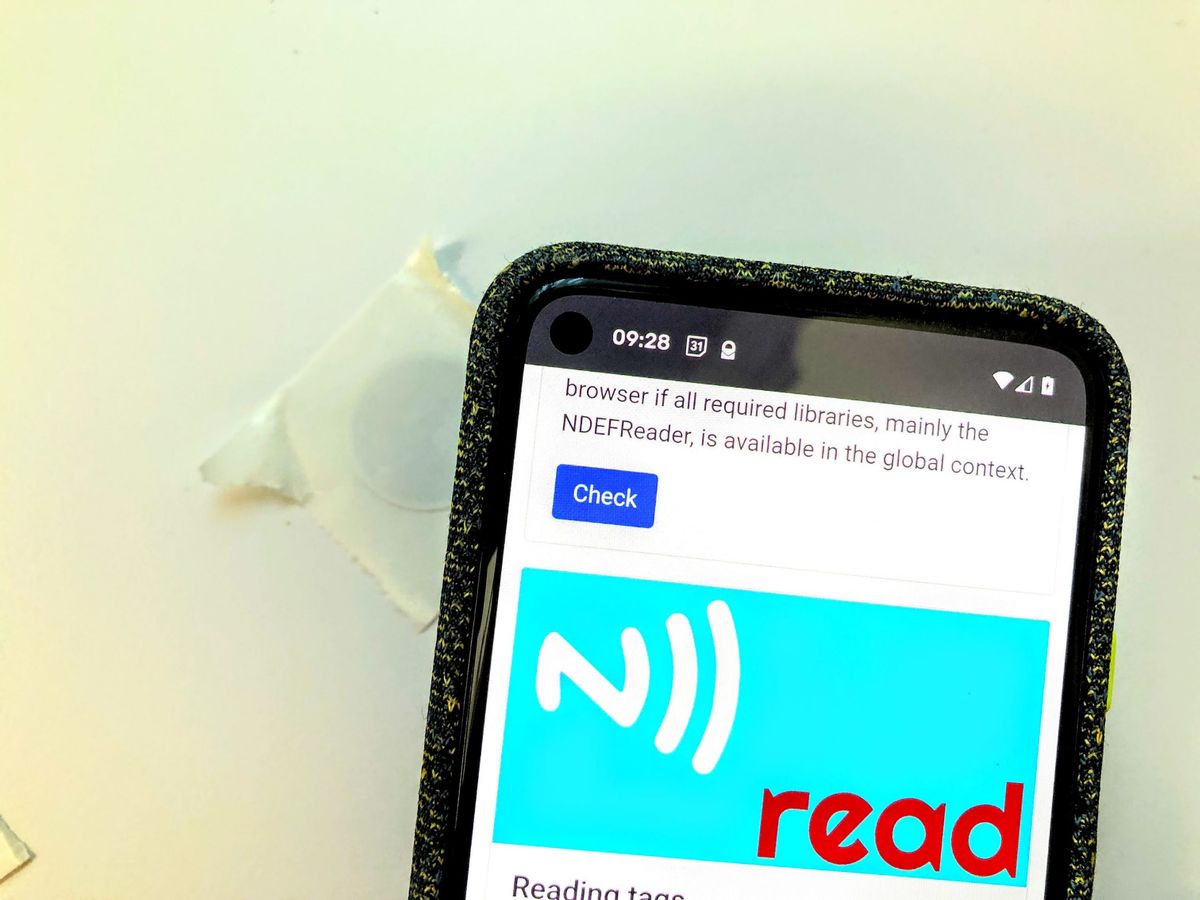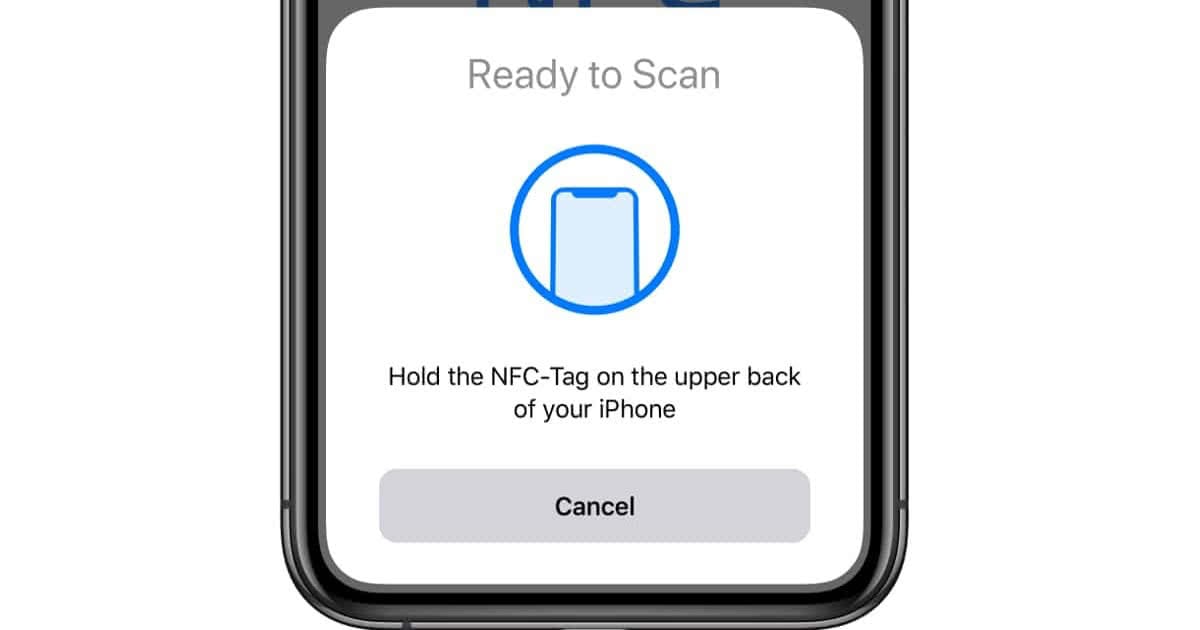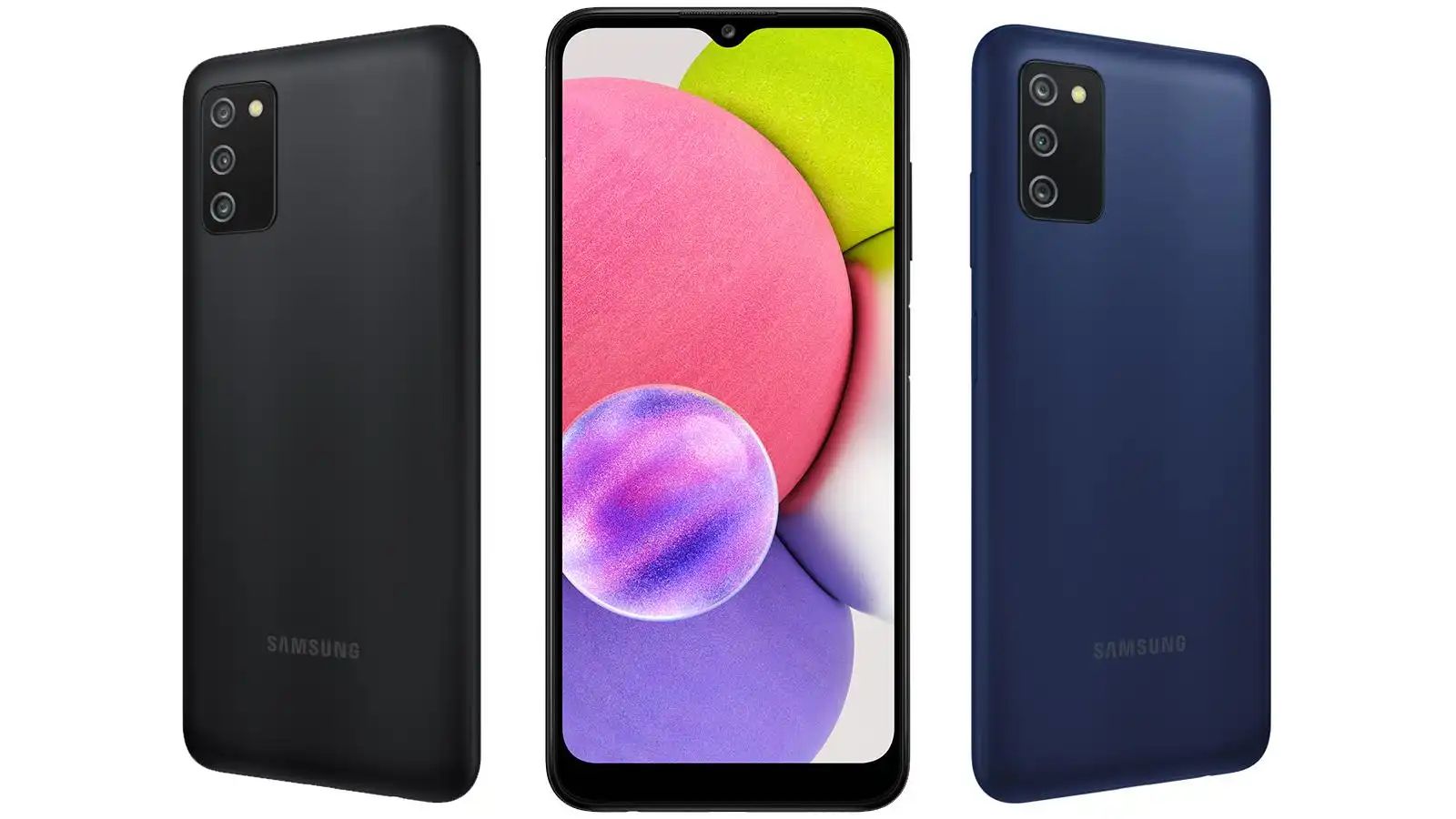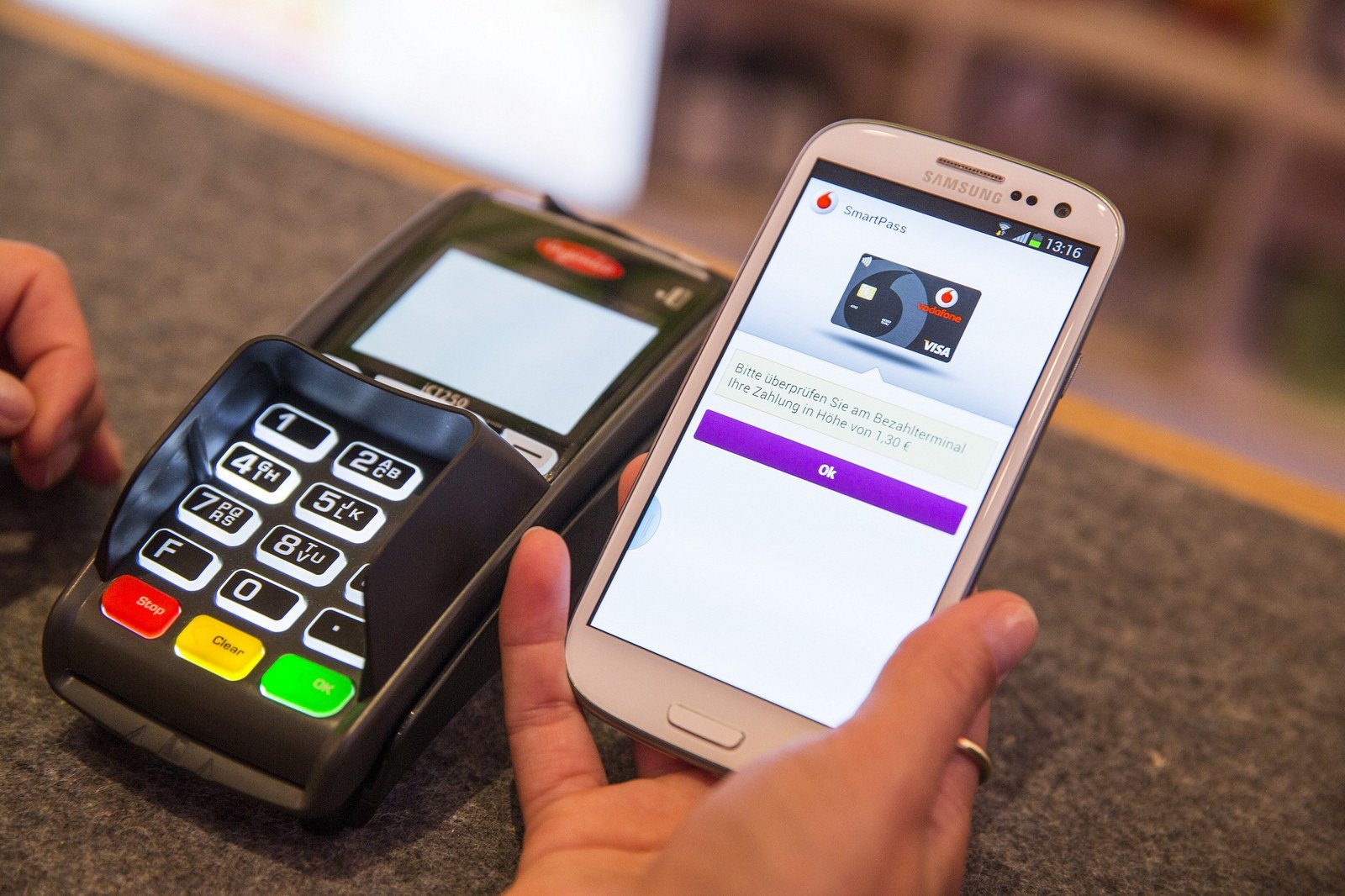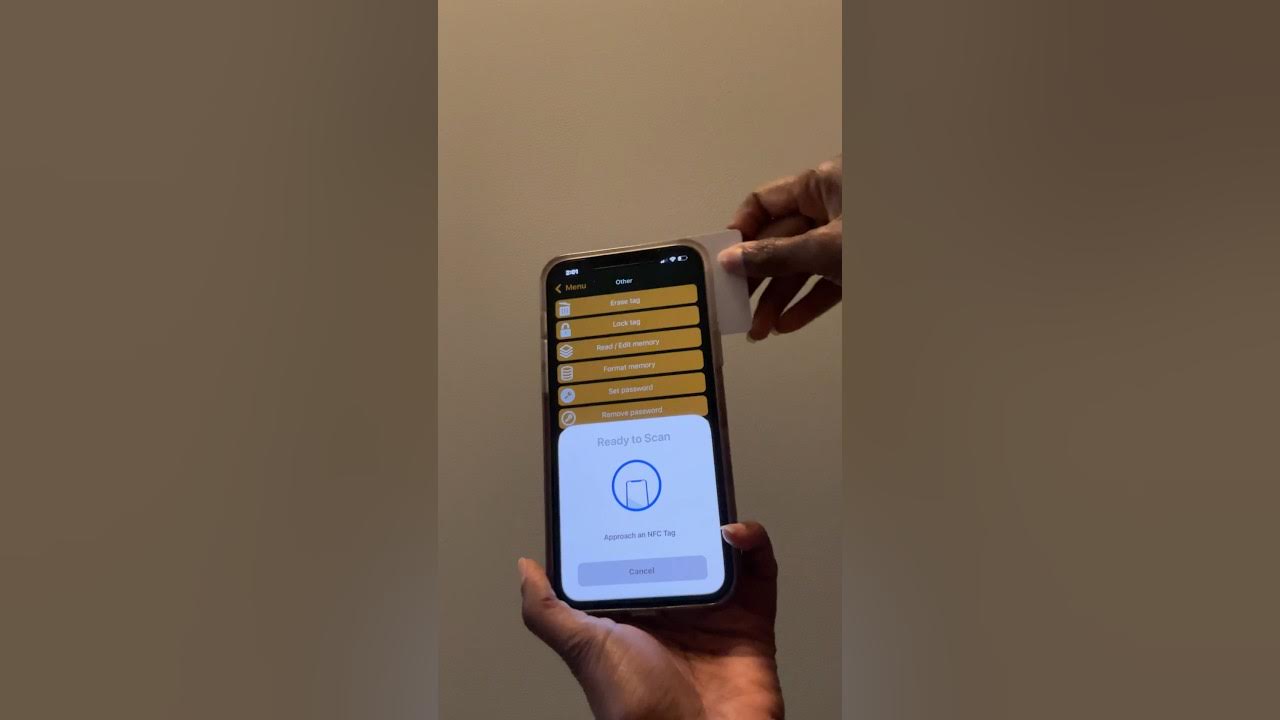Introduction
Have you ever wondered why your phone does not have NFC (Near Field Communication) capabilities? NFC technology has become increasingly popular in recent years, allowing devices to communicate with each other by simply placing them in close proximity. From contactless payments to sharing files, NFC offers a range of convenient features. However, not all smartphones are equipped with NFC hardware. In this article, we will explore the reasons behind the absence of NFC in certain phones.
When you think about the various features available in modern smartphones, NFC may seem like a standard inclusion. However, it is important to understand that the presence or absence of NFC hardware is a deliberate decision made by phone manufacturers. It is not a case of negligence or oversight, but rather a result of several factors that need to be considered.
Throughout this article, we will delve into the key reasons why your phone may lack NFC. From cost considerations to limited customer demand, there are various factors that influence this decision. Additionally, we will discuss alternative technologies that can provide similar functionality to NFC.
While it can be disappointing to discover that your phone does not have NFC, it is important to remember that smartphones are designed to meet a wide range of user needs and preferences. By understanding the reasons behind this omission, you can gain insight into the decision-making process of phone manufacturers and appreciate the alternatives available to you.
Lack of NFC Hardware
One of the primary reasons why your phone may not have NFC is simply because it lacks the necessary hardware. NFC requires specific components like an NFC chip and an antenna, which must be integrated into the phone during the manufacturing process. These hardware components add extra cost and complexity to the production of smartphones.
Phone manufacturers carefully design and optimize their devices to strike a balance between features, performance, and cost. NFC may not be included in every smartphone model to keep the production cost down and make the device more affordable for a wider range of consumers. The decision to omit NFC hardware is often driven by the target audience and the price point the manufacturer wants to achieve.
In some cases, budget or entry-level smartphones may not have NFC simply because it is considered a non-essential feature for the intended market segment. These devices focus on providing the basic functionalities while keeping the price tag as low as possible. Therefore, NFC may be seen as a luxury feature that is not essential for the target audience.
Another reason for the lack of NFC hardware in certain phones is the different regional variations. Some phone models specifically designed for particular markets may exclude NFC due to limited demand or regulatory reasons. This approach allows manufacturers to cater to specific market preferences and streamline their production processes.
However, it is worth noting that as technology advances and becomes more affordable, NFC is increasingly being included in mid-range and even budget smartphones. This means that the absence of NFC in your current phone may not be a long-term issue, as future models are more likely to incorporate this technology as a standard feature.
Cost Considerations
Cost plays a significant role in the decision-making process of phone manufacturers when determining whether to include NFC in their devices. Integrating NFC hardware adds to the overall production costs, which can, in turn, impact the final retail price of the phone. Manufacturers carefully evaluate the demand and market trends to determine if the added cost of NFC will be offset by the increased sales or consumer preference.
From the design and development stage to the procurement of components and manufacturing process, every aspect of producing a smartphone involves expenses. Manufacturers need to factor in not only the cost of the NFC chip and antenna but also the licensing fees for using NFC technology. These costs can be significant, especially when producing smartphones in large quantities.
Furthermore, implementing NFC technology requires additional testing, certification, and validation processes. This adds to the overall development and production time, further increasing costs. Manufacturers must consider these factors and weigh them against the benefits and popularity of NFC to make an informed decision about its inclusion in their devices.
In some cases, phone manufacturers may choose to prioritize other features or components that they consider more important for their target audience. For example, they may invest in improving the camera system, battery life, or internal storage capacity, instead of integrating NFC. This decision is driven by market demands and consumer preferences, which can vary across different regions and target demographics.
Ultimately, the decision to exclude NFC due to cost considerations is a strategic one that aims to offer a balance between functionality, affordability, and market competitiveness. However, as NFC becomes more prevalent and cost-efficient in the future, we can expect to see its inclusion in a wider range of smartphones across different price points.
Limited Demand
The demand for NFC-enabled features varies among consumers and across different regions. Phone manufacturers carefully analyze market trends and consumer preferences to determine which features to prioritize in their devices. If there is limited demand for NFC or if consumers do not perceive it as a crucial functionality, manufacturers may opt to exclude it.
NFC is a technology that is primarily used for specific purposes such as contactless payments, file sharing, and device pairing. While these functionalities can be convenient, not all users require or prioritize them in their day-to-day smartphone usage. For some individuals, features like a high-quality camera, a long-lasting battery, or a large display may take precedence over NFC capabilities.
Add to that, the usage of NFC is not as widespread or universally adopted across all industries or regions. While NFC mobile payments have gained traction in certain countries, in other parts of the world, different payment systems may dominate or preferred alternatives such as QR codes or Bluetooth may be more popular for file sharing and device connectivity.
Additionally, some users may have concerns about the security and privacy implications of NFC technology. While NFC is generally considered secure, it is understandable that some individuals may be wary of using it for payment transactions or transferring sensitive data. These concerns may dampen the demand for NFC-enabled smartphones and influence manufacturers’ decision to exclude it if there is limited market demand for the technology.
It is worth noting that as NFC becomes more pervasive and widely adopted, the demand for NFC-enabled devices may increase. Consumer preferences can shift over time, especially as more businesses and industries adopt NFC technology in their operations. As a result, future smartphone models are likely to have NFC capabilities to meet the evolving demands of the market.
Security Concerns
While NFC technology offers convenience and seamless communication between devices, some users have valid security concerns. The proximity-based nature of NFC can raise questions about the safety of personal data and the potential for unauthorized access.
One of the main security concerns related to NFC is known as “card skimming” or “contactless card fraud.” This refers to the possibility of a malicious actor using an NFC-enabled device to intercept and steal data from another NFC-enabled device, particularly during contactless payment transactions. While the risk of such incidents occurring is relatively low, it is a concern that needs to be addressed to ensure user confidence and protect sensitive information.
To mitigate these security risks, NFC technology incorporates several security features, such as encryption and authentication protocols. However, some users may still have reservations, particularly if they are unfamiliar with the specific security mechanisms in place or have had previous negative experiences with similar technologies.
Phone manufacturers are aware of these concerns and take them into account when making decisions about including NFC in their devices. They must ensure that the NFC implementation is robust and meets industry standards for security. Additionally, manufacturers often work closely with payment service providers and other stakeholders to implement additional layers of security, such as tokenization and biometric authentication, to enhance user protection during NFC-based transactions.
Furthermore, user education and awareness are crucial in addressing security concerns. Manufacturers and service providers strive to educate users about the benefits and security measures of NFC technology. By understanding how NFC works and the precautions they can take, users can feel more confident in using NFC-enabled features and making contactless payments.
As technology advances, it is expected that NFC security will continue to improve. Manufacturers will invest in enhancing security protocols and collaborating with industry experts to ensure that NFC-enabled devices remain secure and resistant to potential attacks. By addressing security concerns and increasing user trust, NFC can become a more widely adopted technology in the future.
Alternative Technologies
Although NFC is a popular and widely used technology for wireless communication, there are alternative technologies that can provide similar functionalities in the absence of NFC. Phone manufacturers may opt to incorporate these alternatives in their devices to offer comparable features and convenience to users.
One such alternative is Bluetooth. Bluetooth technology allows for wireless communication between devices over short distances, much like NFC. Bluetooth capabilities are already present in most smartphones, making it a viable option for tasks like file sharing, device pairing, and connecting to peripherals such as speakers or headphones. Bluetooth also offers a wider range and longer distance coverage compared to NFC.
QR codes are another alternative technology that can be used for contactless transactions and data exchange. QR codes can be scanned by the smartphone’s camera or through dedicated apps, enabling the transfer of information, making payments, or accessing content. QR codes are widely adopted and supported, making them a convenient alternative in situations where NFC is not available or widely used.
Mobile apps and software solutions also provide alternatives to NFC functionalities. For example, mobile payment services like Apple Pay and Google Pay use a combination of technologies, including NFC, QR codes, and tokenization, to securely process transactions. By leveraging these apps and services, users can enjoy contactless payments even without NFC hardware in their devices.
Another emerging technology is Ultra-Wideband (UWB), which offers precise and accurate spatial awareness. UWB enables devices to identify their location relative to other objects with a high level of accuracy. This technology holds promise for applications such as touchless device control, spatial tracking, and indoor navigation.
As technology continues to evolve, new alternatives may emerge, providing even more options for wireless communication and contactless functionalities. Manufacturers are keen on exploring and integrating these technologies to cater to various user needs and preferences.
It’s important to note that while these alternative technologies offer similar functionalities to NFC, they may have their unique advantages and limitations. The choice of which technology to incorporate in a smartphone depends on various factors, including cost, market demand, and user preferences.
Conclusion
While NFC technology has become increasingly popular, not all smartphones are equipped with NFC capabilities. The absence of NFC in certain phones is primarily due to a combination of factors, including the lack of NFC hardware, cost considerations, limited demand, and security concerns.
Phone manufacturers carefully consider the target audience and production costs when deciding whether to include NFC in their devices. The cost of NFC hardware, licensing fees, and additional testing and certification processes can impact the overall pricing of smartphones. Manufacturers also prioritize other features based on market demand and consumer preferences.
Limited demand for NFC among consumers and regional variations in usage also influence the inclusion of NFC in smartphones. Not all users require or prioritize NFC-enabled features, and alternative technologies like Bluetooth and QR codes can provide similar functionalities.
Security concerns related to NFC, such as the potential for unauthorized data access, need to be addressed to ensure user trust. Manufacturers invest in implementing robust security features, collaborating with payment service providers, and educating users about the security measures in place.
Alternative technologies like Bluetooth, QR codes, mobile apps, and emerging technologies like UWB offer viable alternatives for wireless communication and contactless functionalities.
It is important to remember that the absence of NFC in your current phone may not be a long-term issue. As technology advances and consumer demands shift, it is likely that future smartphone models will incorporate NFC as a standard feature.
By understanding the reasons behind the omission of NFC in certain phones, users can appreciate the decision-making process of phone manufacturers and explore the alternative technologies available to them.









